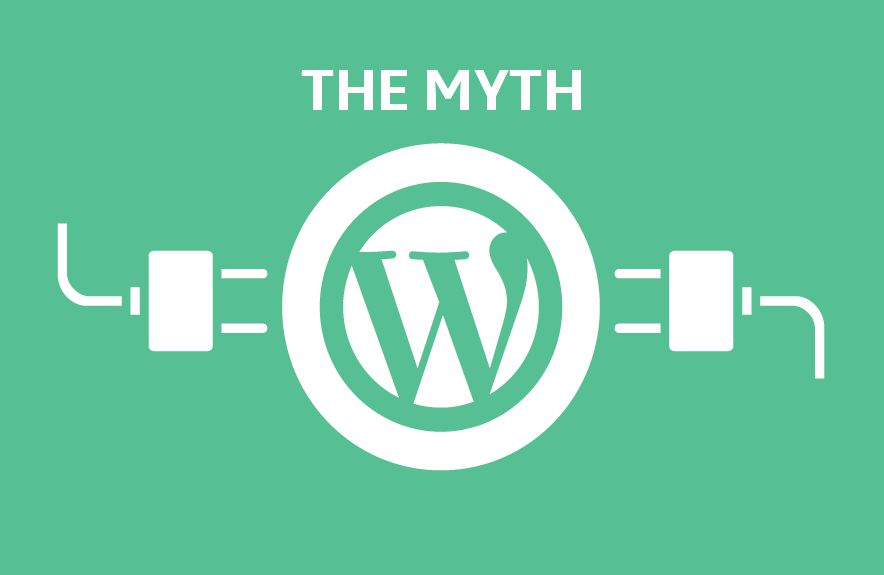On January 3, 2020, ICANN announced significant adjustments to the agreement it has with Verisign, Inc. to operate the top-level domain .COM.
Operator of the dot-com registry, Verisign, has decided to pay out DNS overseer ICANN $4 million a year for another five years to be able to “educate the wider ICANN community about safety and security threats.”
ICANN and Verisign put together these changes in private, without consulting or incorporating opinions from the ICANN community or Internet users.
Despite the fact that the generous $20 million donation has nothing in connection with ICANN signing off on an extension of the dot-com contract until 2024, the “binding letter of intent” [PDF] stating the precise amount of financing will be appended to the registry contract that Verisign has with ICANN to operate the dot-com registry.
That extension lifts a price freeze set up many years ago and definitely will allow Verisign to increase prices by seven percent a year [in each one of the last four years of every six year contract renewal]. It’s a rise that we calculated was worth $993 million and which the stock market seemed to trust when it elevated the oranisation’s share price by 16% when the agreement was initially flagged in November 2018…
The changes to the .COM agreement could have a much larger effect on the Internet compared to the previous action for .ORG, .INFO, and .BIZ domains, because of the dominance of .COM. There are 359.8 million total domain names, which 144 million are .COM – that’s 40% of most domain names. With 161.8 million country-specific TLDs (ccTLDs), there are 198 million generic TLDs (gTLDs). That implies that .COM accocunts for 73% in all gTLD domain names.
ICANN was created partly to introduce competition between domain name registrars, however now ICANN itself is at the center of the issue, without considering any insight from Online users on these critical decisions.
ICANN clarifies the $20 million this time around will be utilized to “support ICANN’s initiatives to preserve and improve the security, stability and resiliency of the DNS, including root server system governance, mitigation of DNS security threats, promotion and/or facilitation of DNSSEC deployment, the mitigation of name collisions, and research into the performance of the DNS.”
Which is all entirely above board and will entire affect the end users of the dot-com TLDs; old, new and prospective registrants.






